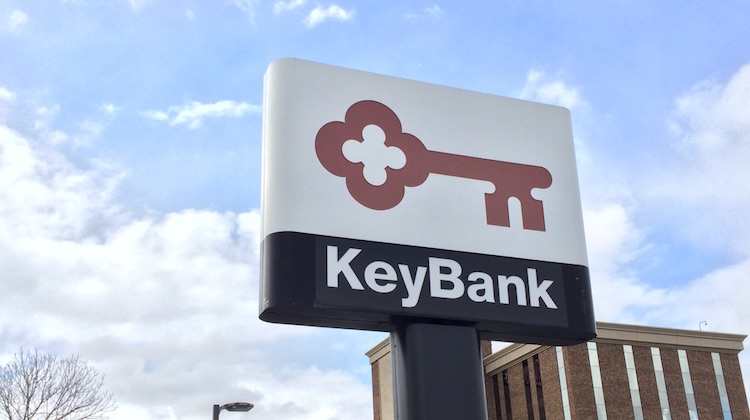Culture and Talent
Inside KeyBank’s partnership strategy
- Matt Miller, head of product and innovation at KeyBank, talks about vendor and client relationships and keeping up with competition.
- "We take a relationship-first approach with our clients... we don’t want to show up with a product pitch," says Matt Miller, head of product and innovation in Key's enterprise commercial payments unit








